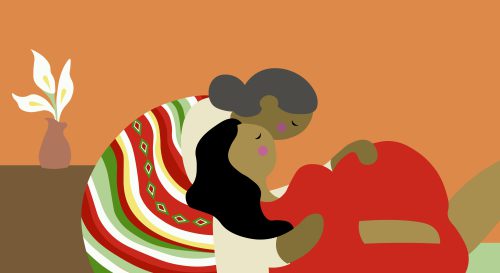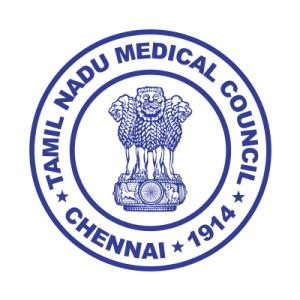When writing about the general four subfields of anthropology, I came across medical anthropology. This is a very interesting subset of, surprisingly, cultural anthropology. When I first read about it, I immediately thought that a field of anthropology involving medicine would go under biological anthropology, but as I learned more, it started to make more sense. According to the American Anthropological Association, medical anthropology is a field that aims to “better understand those factors which influence health and well being (broadly defined), the experience and distribution of illness, the prevention and treatment of sickness, healing processes, the social relations of therapy management, and the cultural importance and utilization of pluralistic medical systems”. Reading this gave me a bit of a headache, and it really didn’t help in my understanding. So I did some more research, and I am going to break it down for you.
Definition
Medical anthropology does not look at the scientific causes of diseases. Instead, medicine is viewed from a cultural light. These anthropologists are trying to figure out how disease is distributed and what factors influence that distribution by drawing upon the 4 subfields of anthropology. From a cultural perspective, they can view how different cultures respond to disease, and why some cultures have a higher risk of certain diseases. They can also view societal reactions to disease. A very recent example would be COVID 19. The USA struggled to get its citizens to comply with mask mandates and vaccines, while Asian countries, accustomed to wearing masks when feeling ill, responded better to those guidelines. Eastern and Western culture emphasizes very different things. Western culture promotes individuality, and Eastern cultures focus on family and community. This led to a lot of arguments about individual rights being violated in the US, whereas more people were compliant in the East, looking at face masks not as a destructor of individuality but as a tool to protect the community. Looking at these cultural trends is a way that medical anthropologists can predict disease response and outcome. Another topic that medical anthropologists focus on is how treatments of different diseases differ between societies, races, and cultures. This is a topic that I will be focusing heavily on in later blogs, specifically how Eastern vs Western cultures differ in their treatment styles, and how they go about treating diseases, mainly arthritis. So, to sum it all up, medical anthropology looks at how culture and society affect disease, whether it be treatment, distribution, knowledge, or risk.

In the Field
Medical anthropologists use ethnography to do research about different diseases. This means that they will travel to the part of the world they are conducting research on and stay there for a period of time to do research. They conduct interviews, see the healthcare system there themselves, and live with the community there to understand life from their perspective. This immersive technique helps medical anthropologists learn the culture and view how disease fits into that culture. An interesting part of medical anthropology that is not widely used in other fields of anthropology is that when the fieldwork is done, medical anthropologists actually use that information to implement that solution into those communities. It is a field that actively changes lives and improves the world.
An Example Case
I am subscribed to the Medical Anthropology Quarterly journal, which publishes new cases and book reviews. I want to share with you a short summary of one of those cases. The article is called Handle with Care: Rethinking the Rights versus Culture Dichotomy in Cancer Disclosure in India. It is written by Cecilia Coale Van Hollen, a medical anthropologist who lived in India, doing ethnographic research about how a cancer diagnosis is disclosed to patients in Southern India..
She discovered that many doctors don’t tell their patients about a cancer diagnosis, instead letting their family disclose the news whenever they feel it would be apt. This goes against the rights established in the West enabling an adult to make decisions for themselves about their health and treatment. She interviewed various women about their experiences wherein a cancer diagnosis had been withheld from them. Some of the women said that they didn’t mind at all, and it showed that their family cared about them and didn’t want them to stress over a diagnosis. The rest were upset, not because they wanted to make decisions about their health, but because they felt it showed a lack of care for them as humans. Hollen’s research showed a lack of empathy for these patients from the doctors treating them. By not telling these women their diagnoses, they left them in the dark, wondering what was going on. Hollen researched more about this divide by interviewing several women and sitting in on meetings in the hospital to see what the conditions were like. She observed that the women staying in the hospital would compare notes and symptoms to figure out their illness and help other people through their treatment because there was no professional guidance available to them. It was a great example of a community forming through a shared bond, but one that formed from the wrong reasons.
I really enjoyed reading this article, and I recommend anyone interested in medical anthropology to subscribe to this journal. The link to the article is below:
https://anthrosource.onlinelibrary.wiley.com/doi/10.1111/maq.12406

Next Steps
As I mentioned earlier, I will begin to interview physicians from the East to learn more about differences in treatment of diseases like arthritis between cultures. After learning about medical anthropology, the combination of culture with a hint of science has intrigued me. I am excited to go down this rabbit hole and learn more!
